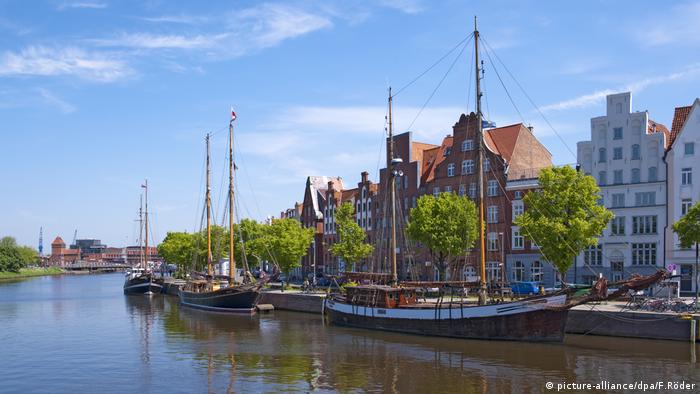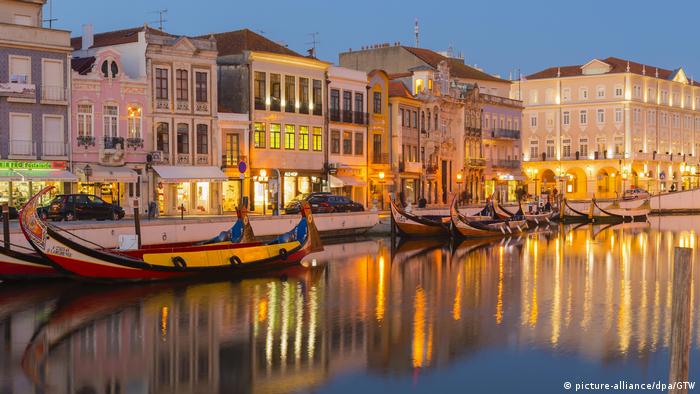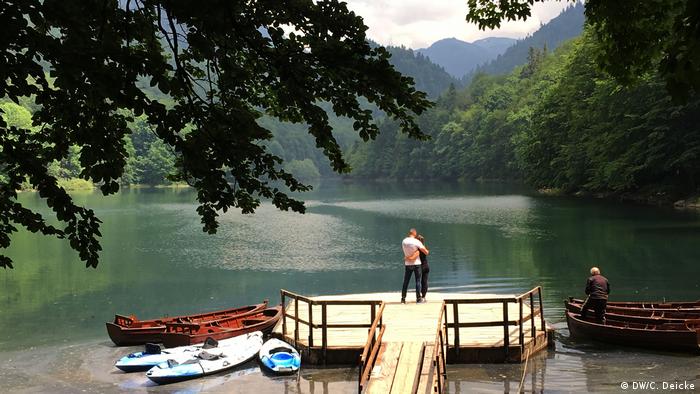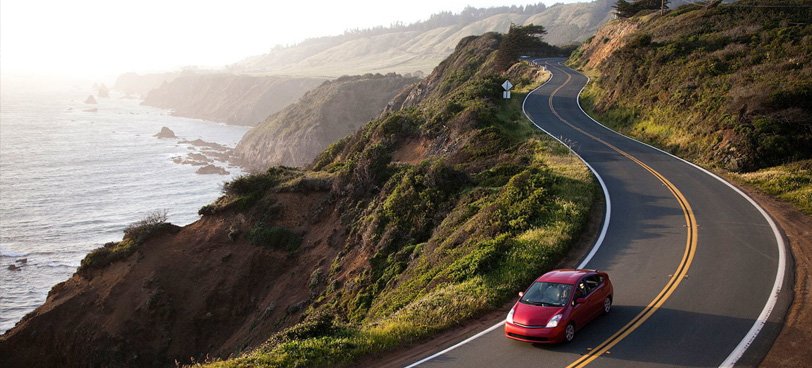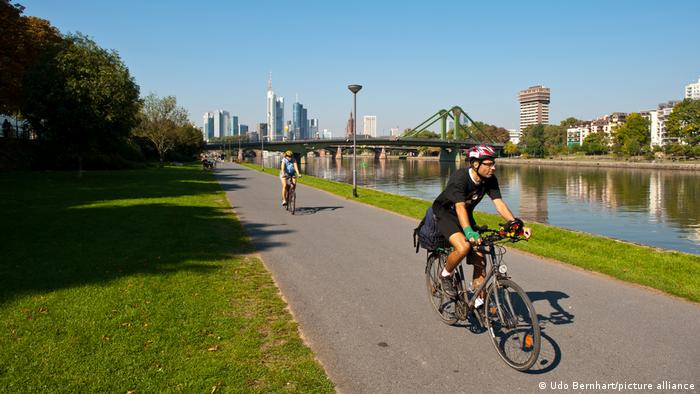It smells like marzipan here. Shipping and trade flourished here. Lübeck offers maritime history and famous literature. Its medieval old town is part of the UNESCO World Heritage.
River island
Lübeck's old town is on an island surrounded by the River Trave. This flows about 20 kilometers further into the Baltic Sea. In the museum harbor on the Trave, there are historical ships, including several traditional sailing ships. Tourists can ride on some of them.
The Holsten Gate
It is Lübeck's landmark - and such a famous building that it was minted on the 2-euro coin in 2006. The Holsten Gate from the 15th century was supposed to protect Lübeck against foreign conquerors. Today, behind its walls, which are up to 3.50 meters thick, there is a museum on the history of the city. The name Holsten refers to the southern part of Schleswig-Holstein.
Brick buildings
In Lübeck's old town, there are numerous artistically designed brick buildings, such as the castle gate and the customs officer's house (right). The entire old town has been a UNESCO World Heritage Site since 1987. Fired bricks have been used as a building material in northern Europe since the 12th century. The North German Brick Gothic style developed.
Aisles and courtyards
Seafaring and trade made Lübeck rich in the Middle Ages. More and more people streamed into the city at that time. However, space on the old town island was limited. That is why the backyards were built on. Small, two-story buildings and narrow streets emerged. Even today you can get from the main streets through narrow corridors into the tangle of backyards - ideal for discovery tours!
Seafaring tradition
This is where Lübeck's captains met: the Schiffergesellschaft is the former seafarers' guild hall. Today there is a restaurant with maritime flair in the gabled house built in 1535. Regional cuisine is served - including, of course, fish dishes in numerous variations.
Marzipan
Although the sweet made from almonds and sugar originated in the Orient, it has a long tradition in Lübeck. Confectioners always had the ingredients on hand because the city was an important trading center. Goods from all over the world were available here. To this day, Lübeck is famous for its marzipan.
Thomas Mann
He is one of the most famous Lübeckers: the writer Thomas Mann. At the age of only 22, he wrote the novel "Die Buddenbrooks" about the rise and fall of a Lübeck merchant family. He later received the Nobel Prize in Literature for it. A whole museum in Lübeck is dedicated to the author: the Buddenbrookhaus is set up as the setting for his novel.
The European Hanseatic Museum
Lübeck is known as the "mother of the Hanseatic League". The city played a major role in organizing the Low German Merchants' Association in the Middle Ages. So it is no coincidence that the European Hanseatic Museum was opened here in 2015. Staged rooms show visitors the living environment at the time of the Hanseatic League.
The Baltic Sea is very close
What was already an advantage for the merchants of the Hanseatic League is still one of Lübeck's advantages today: the proximity to the sea. The seaside resort of Travemünde is a district of Lübeck. As the name suggests, it is right where the Trave flows into the Baltic Sea. After visiting the old town, it is best to grab a beach chair and enjoy the sea breeze.
Christmas time
If you visit the city in December, several Christmas markets invite you to go shopping and mulled wine in the old town. The largest is the historic Christmas market in front of the town hall built across the corner. The building from 1308 frames the festively decorated square. Lübeck is known as the Christmas city in northern Germany.

